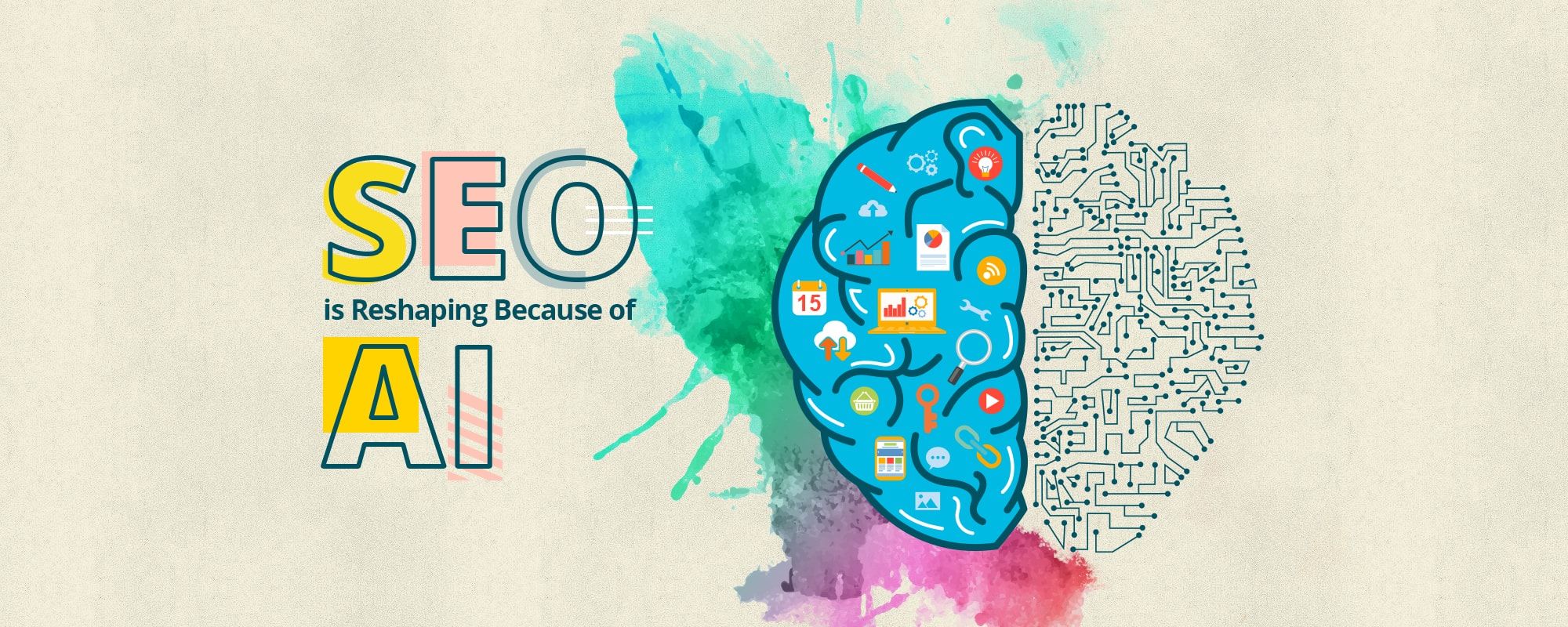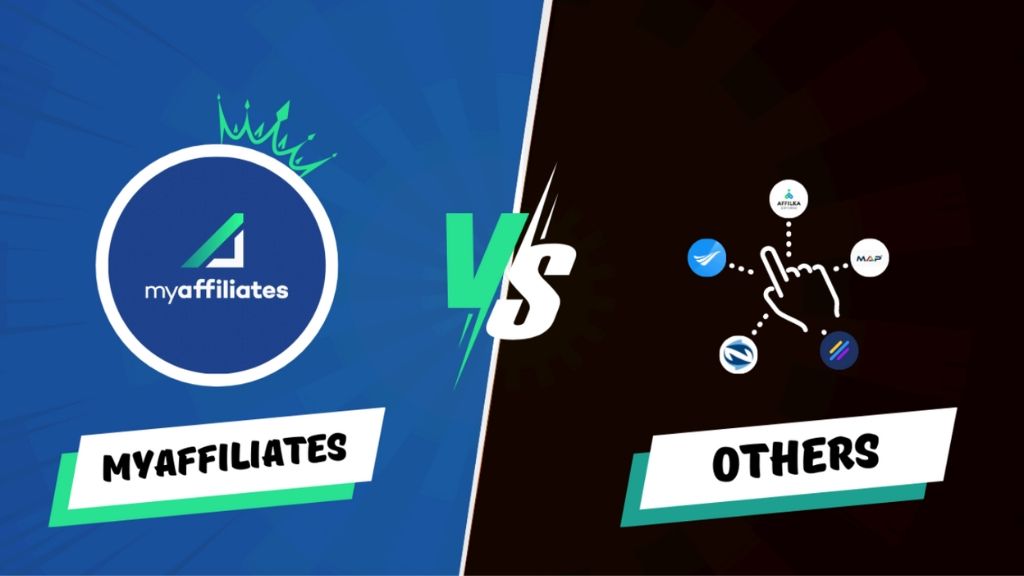Words by Paul Reilly, AI engineer, founder of flashbitch.com, a largely AI-generated casino reviews website, technology enthusiast and speaker
Following an SEO career which spanned two decades, Paul turned his attention to the practical uses of artificial intelligence, leading him to regularly drop in on the university AI research team while exploring new ways to make a splash as a casino affiliate.
Artificial Intelligence is such a broad field which is moving forward at a rapid rate that the huge mountain of information around the topic can be quite overwhelming.
Over the coming months, I’ll share an introductory overview of artificial intelligence, concepts, approaches, practical applications from my own experiences, learning resources, tools, datasets. I’ll break down many of the concepts behind many of the algorithms used to approximate human brain functions. I chose those words ‘approximate human brain functions’ carefully because it’s an important foundational concept.
So whether we’re predicting player value or detecting fraud, whether we’re automating content generation or labelling images. At the centre of artificial intelligence is a trained model which maps inputs to outputs as a mathematical ‘function’.
In simple math speak, a function can be considered to be: ‘a machine with an input and an output and the output is related to the input’ – it’s written in math notation as f(x). The function is said to be pure, when any given input(s) will always return the same output.
We train such machines (models) and measure their performance in terms of minimising the error in the ability to predict accurately when new input data, which the model has never previously seen.
Machine Learning Motivation: A Musical Analogy
As with learning any new discipline, machine learning takes time, and is an ongoing process. If you’ve learned a musical instrument let’s use the guitar as an analogy, you will have practiced finger picking, chords, scales, arpeggios…
The motivation to put in the practice doesn’t come from the joy of practicing scales or arpeggios. It comes from the desire to play a favourite song from beginning to end without making a mistake.
Keep this in mind as you approach machine learning. There are some mathematical concepts to understand, calculus, probability, algebra, statistics. It’s been many years since I studied math at university and the last thing I wanted was to revisit math class. I found that, like learning a musical instrument, the motivation was largely driven by the curiosity and my motivation to solve a specific business problem.
As with any learning endeavour It’s always wise to find a mentor.
Just as with learning a musical instrument, start with deciding what problem you want to solve and break that understanding of the nature of the problem in detail. It’s often the case that problems which are easy for humans to solve are more challenging for computers to solve. However AI has come a long way and there is a plethora of machine learning algorithms and online code examples to allow even a novice engineer to explore. While there are many online resources for learning ML, I’d encourage you to find a mentor. As with any learning endeavour, a mentor is valuable especially in overcoming self-doubt as well as to help you grasp the concepts as you run into them.
What problem do you want to solve? Perhaps it’s a business case?
Problem #1
 The first problem I needed to solve related to my work with SEO, specifically scaling link outreach. Having already optimized much of the outreach pipeline, I would run into challenges with large link outreach for U.S. sports. I needed a programmatic way to reliably distinguish between football (U.S.A.) and football (International).
The first problem I needed to solve related to my work with SEO, specifically scaling link outreach. Having already optimized much of the outreach pipeline, I would run into challenges with large link outreach for U.S. sports. I needed a programmatic way to reliably distinguish between football (U.S.A.) and football (International).
Looking back, this was a trivial problem to solve, but at the time it provided me the motivation to explore just enough machine learning to solve the problem. Once I’d learned the end-to-end process for preparing training data, training the model and measuring the accuracy. I was soon working on solving a new problem, equipped with just enough theory to understand the concepts and just enough coding skills to implement a working solution.
Problem #2
The next problem I wanted to solve using machine learning related to another common SEO/link building problem encountered by an agency delivering link building projects at scale:- How to measure relevance between a page containing a link and the target page.
This was always a subjective, opinion based view. Anyone who’s worked on link building for SEO will know that relevancy can be quite arbitrary depending largely on personal opinion.
Given this is such an important quality assurance step the solution must be robust. Ideally improving on the accuracy of a human performing the same task. The machine learning solution to this problem was actually quite compelling since it entirely eliminates the human subjectivity.
The solution forced me to learn a number of concepts including mathematical representations of distance.
Problem #3
As you developed your repertoire of machine learning concepts you’ll start to consider more complex methods for approximating functions such as ‘Deep Learning’ with Google’s TensorFlow. Deep learning isn’t a topic I’ll touch in this introductory post, but I’ll cover this along with a practical example in the next few weeks.
My next goal was to automatically produce coherent text capable of ranking in Google without being identified as duplicate for 883 casinos. In order to solve this problem, I had to explore neural networks, and deep learning with Google’s popular Deep Learning library, TensorFlow.
Solving this fascinating problem for a casino affiliate website, once again forced me outside of my previous comfort zone and on a steeper learning curve. Not only did it require me to explore new concepts, but also to develop a familiarity with new technologies.
So What Did We Learn?
I think it’s important to stay focused on the goal, the business case or even the fun challenge.
Staying focussed on ‘Why’ rather than ‘How’ is possibly the most valuable lesson I learned throughout the last six year as I explored machine learning. Over the next few weeks I’ll break down in detail the steps taken in solving the above machine learning problems as well as share some of the school boy errors I made along the way so you can avoid them.
It’s important for anyone who’s looking to explore artificial intelligence or perhaps considering implementing artificial intelligence to consider the ongoing implementation as a series of incremental business process optimisations. Find and isolate potential quick wins such as repetitive human tasks. Consider what can be easily automated what data is available and what is the specific criteria / action(s) currently being tasked, to assess the risks and understand what the measurement of success looks like.
You never know, exploring AI in your business might even bring business analysts, project managers and software engineers closer together and live happily ever after.
SiGMA Agenda:
SiGMA Group Americas Digital Summit is running from the 22nd to 24th September, bringing well-known faces from the Latin American gaming and tech sector to a series of in-depth debate panels, with content offered in Spanish, Portuguese, and English.
The 7th edition of SiGMA Europe will move its November event to February 16th to 18th 2021.
















